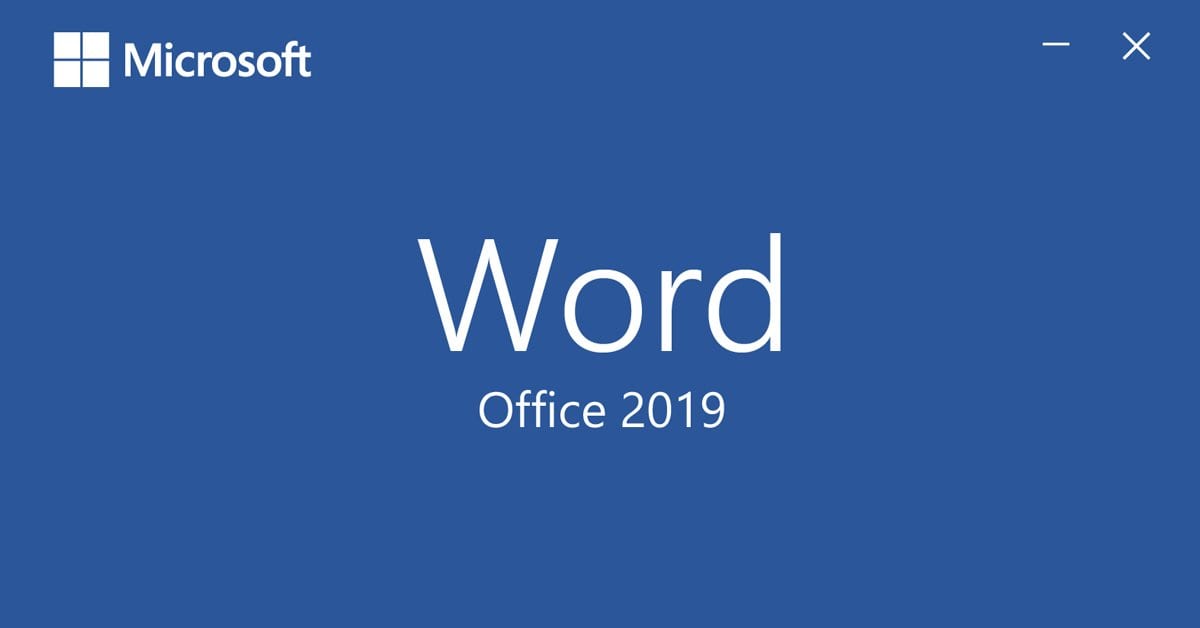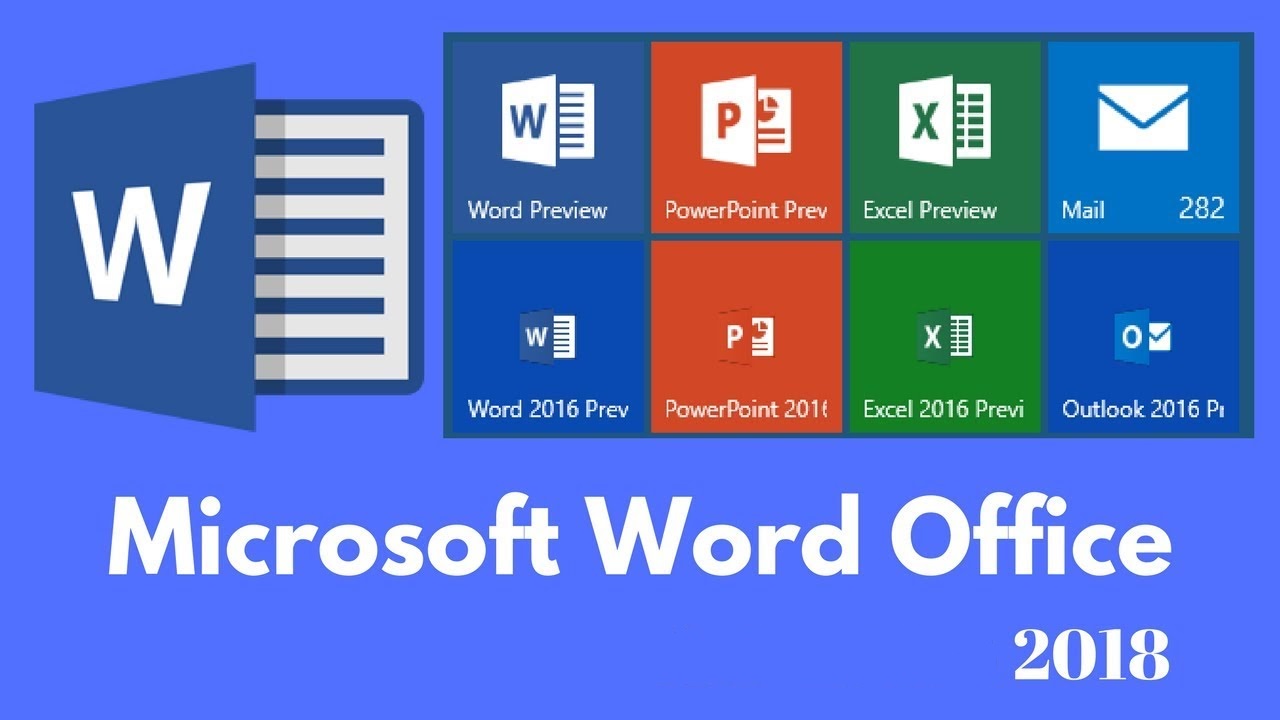

This allows users to have a preview of how the option would affect the appearance of the object, without actually applying it. The temporary formatting is removed when the mouse pointer is moved from the button. Microsoft Office also introduces a feature called Live Preview, which temporarily applies formatting on the focused text or object when any formatting button is moused-over. Contextual Tabs remain hidden except when an applicable object is selected. Similarly, focusing on a table exposes table-related options in a specific tab. For example, selecting a picture brings up the Pictures tab, which presents options for dealing with the picture. Contextual Tabs expose functionality specific only to the object with focus. Some tabs, called Contextual Tabs, appear only when certain objects are selected. Third party add-ins, however, can bring menus and toolbars back to Office or customize the ribbon commands.

The ribbon can be minimized by double clicking the active section’s title, such as the Home text in the picture below. The ribbon is designed to make the features of the application more discoverable and accessible with fewer mouse clicks as compared to the menu-based UI used prior to Office Moving the mouse scroll wheel while on any of the tabs on the ribbon cycles-through the tabs. Within each tab, various related options may be grouped together. The ribbon is not user customizable in Office Each application has a different set of tabs that exposes functions that the application offers.įor example, while Excel has a tab for the graphing capabilities, Word does not instead it has tabs to control the formatting of a text document.

The ribbon, a panel that houses a fixed arrangement of command buttons and icons, organizes commands as a set of tabs, each grouping relevant commands. A notable accessibility improvement is that the Office button follows Fitts’s law. Users can also choose color schemes for the interface. The Office button, located on the top-left of the window, replaces the File menu and provides access to functionality common across all Office applications, including opening, saving, printing, and sharing a file. These applications have been selected for the UI overhaul because they center around document authoring. The new user interface UI, officially known as Fluent User Interface, has been implemented in the core Microsoft Office applications: Word, Excel, PowerPoint, Access, and in the item inspector used to create or edit individual items in Outlook.


 0 kommentar(er)
0 kommentar(er)
